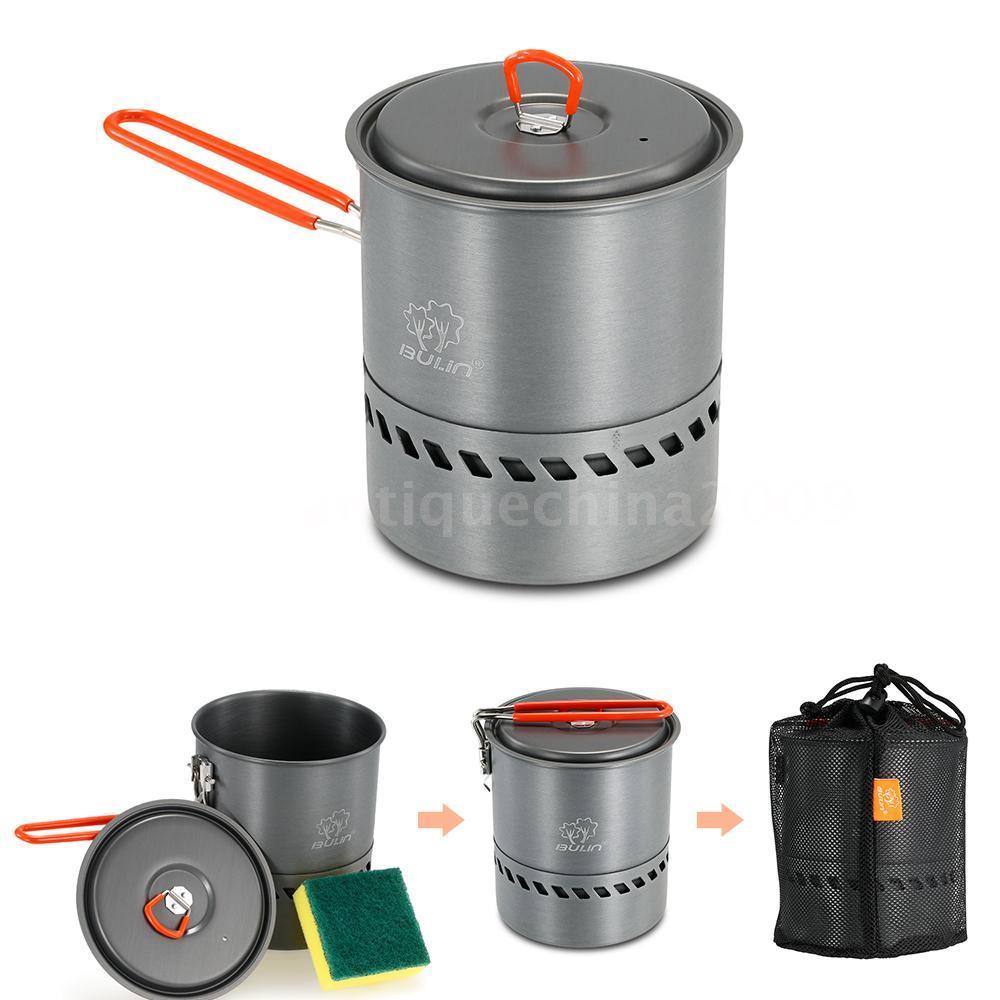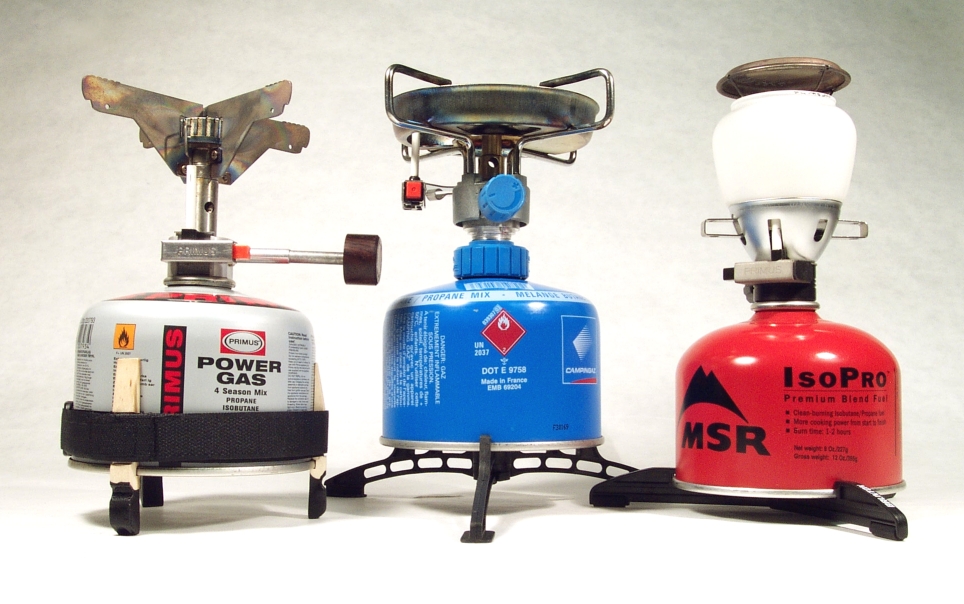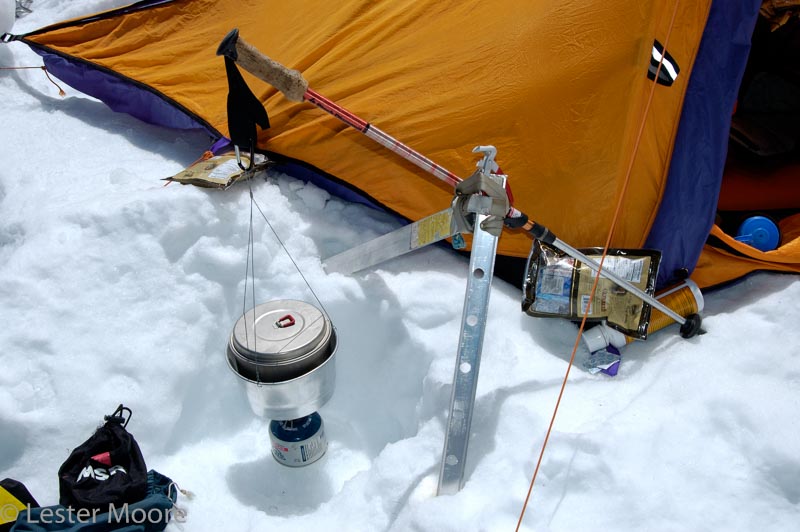Topic
Isobutane in Peru
Forum Posting
A Membership is required to post in the forums. Login or become a member to post in the member forums!
Home › Forums › Gear Forums › Gear (General) › Isobutane in Peru
- This topic has 11 replies, 7 voices, and was last updated 6 years, 4 months ago by
 Lester Moore.
Lester Moore.
-
AuthorPosts
-
Sep 28, 2018 at 6:37 pm #3557678
planning a trip to Peru in the Spring. Much of the hiking will be 13,000 to 15,000 ft. I’m wondering how my isobutane stove will do at those elevations. I believe there are certain fuel formulations that are better for elevation?
Sep 28, 2018 at 7:19 pm #3557681At those elevations, you have 61-56%, respectively, sea-level air pressure – 8.4 psig instead of 14.7 psig. So it’s slightly easier for the butane to come out of the canister – at the same temperature, the canister has a higher gauge pressure (gauge pressure is relative to the surrounding atmosphere). Although it’s in your favor, that’s a minor point.
There’s also 40% less oxygen (and nitrogen) in each cubic foot of air. That means that as the jet of butane coming out of the orifice mixes with atmospheric air, it will mix with less oxygen and the fuel-air mixture will be richer than at sea level. Richer mixtures are more prone to producing carbon monoxide. So (as you always should, but more so) avoid breathing the exhaust of any combustion device and be hesitate to cook for extended periods inside a tent. Look for signs of an over-rich flame: yellow (versus blue) flame and any soot on the pot. If you see that, try different, probably lower flame settings and try to reduce those effects. Making CO is bad for your health and it is less efficient than fully burning the butane.
Piezo-electric ignitors crap out at elevation and 14,000 feet is enough to render most of them inoperable. A Bic lighter still works fine as does a ferro-rod sparker. I’d suggest one of each (belt & suspenders).
Being at 14,000 feet, it will be 49F (27C) cooler than at sea level. So bring more warm clothes, a warmer quilt, and a high R-value sleeping pad. Also, that colder ambient temperature might get you into marginal operation of a canister stove. So, BRING A MOULDER STRIP! and then you won’t have to worry about operating temperatures. Here’s a write-up I did after testing a CMS (Classic Moulder Strip) and some variants at -15F/-26C. I and other BPLers have tested CMSs colder than that and none of us have found the lower limit.
https://backpackinglight.com/forums/topic/testing-moulder-strips-at-15f-26c/
Water boils at a lower temperature at 14,000 feet. 186F/86C versus 212F/100C. Even at 8,000-10,000 feet, recipes call for longer cook times. Freeze-dried meals, instant potatoes, ramen and such are being reconstituted more than they are being cooked, so it makes little difference. But if you had non-instant white rice, it would take about twice as long: 45 minutes like brown rice, instead of the usual 20+ minutes at sea level (or 11 minutes in a pressure cooker). Some expeditions have brought pressure cookers along to prepare food in less time with less fuel consumed, but I wouldn’t bother on a tourist trek at 15,000 feet. Just leave foods that need to be cooked for your lower-elevation meals.
I’d suggest a heat-exchanger pot for 1) faster boil times, 2) reduced fuel consumption, 3) some inherent wind protection. They’re not the lightest, but the Bulin pots on eBay are very attractively priced. $18 for the 1-liter, $25 for the 1.5-liter and only $26 for the 2.4-liter (that’s a FABULOUS price for a group-cooking HX pot). I prefer the 1.5-liter for lots of trips because the shroud around the HX fins extends further up the pot making it more efficient and a better windscreen.
 Sep 28, 2018 at 7:59 pm #3557689
Sep 28, 2018 at 7:59 pm #3557689But as to the question you asked: more propane is good and less (or no) n-butane is good. Here’s a long discussion of different propane/isobutane/n-butane ratios:
https://backpackinglight.com/forums/topic/25815/
Bringing a Moulder Strip makes you immune to all of that. Any of the commercially-available squat canisters:

will then work fine to crazy-stupid low temperatures.
Hiking’ Jim has kind of fetish about stoves and maintains a blog with LOTS of info:
https://adventuresinstoving.blogspot.com/2014/09/how-much-canister-gas-do-i-need.htmlSep 28, 2018 at 10:45 pm #3557720Thank you David, that is an impressive post with a lot of detail.
I rarely cook above 13,000 feet, but I’m commonly between 12,000-13,000 feet in Colorado, and now I’m wondering if I occasionally start to see some modest effects (aside from the longer cooking times, which I’m very conscious of). I don’t have any issues or concerns, but just out of curiosity, I’ll start paying more attention in the future. :-)
Sep 29, 2018 at 2:42 pm #3557774Thanks for the great info share David! The heat exchange pot is a great idea and one I will look into. I am not familiar with moulder strips. When I searched i got a lot of info on moulding strips, but little else. Is moulding strip a generic term for burnable tabs like esbit?
Sep 29, 2018 at 3:42 pm #3557779Piezo-electric ignitors crap out at elevation and 14,000 feet is enough to render most of them inoperable. A Bic lighter still works fine as does a ferro-rod sparker. I’d suggest one of each (belt & suspenders).
What is the scientific reason for the failure of the Piezo-electric ignitors? How does reduced oxygen affect them?
Sep 29, 2018 at 3:50 pm #3557780I googled and found this to my question:
https://www.quora.com/Why-does-a-piezoelectric-igniter-function-poorly-at-high-altitudes
Sep 30, 2018 at 8:47 pm #3557903Patrick, focus your searching on backpackinglight threads and you will find a lot of “Moulder strip” information, including this one with information from the eponymous inventor.
For example: https://backpackinglight.com/forums/topic/moulder-strip-directions/
Sep 30, 2018 at 11:07 pm #3557919Thanks Dan. I hate to admit it, but I had not discovered the search function. Now I know. I’ll be making a moulder strip this winter. Along with a bivy sack and a back pack. Good thing winter comes each year…
Oct 4, 2018 at 8:32 pm #3558410I’ve done quite a bit of hiking and mountaineering in Peru. I’ve always used a stove that uses isobutane. A lot of the suggestions here are on point.
You’ll mostly be fine, but I always use a Swedish Firesteel to light mine. Even lighters will crap out when it gets cold. Though I once climbed with a guy who swore lighters were so much easier to use. He always carried two lighters with him as backups.
Also, it will help to have a good wind screen and be mindful that water takes longer to boil the higher you go up and an under-powered stove will suffer. At 5000m having a Reactor stove might be the difference between having a freeze dried dinner in 10 minutes vs 50 minutes.
Oct 6, 2018 at 2:17 am #3558636So now a Moulder Strip becomes a cold weather “survival item”. ;o)
If all it takes is a copper strip, a Velcro band and pad of carbon felt then I’m set. Got lots of left-over copper gutter stock, a Velcro strip W/ attached plastic cinching loop and a round felt pad from Dan Y.
I’ll my try folding Brunton Crux canister-top stove with a strip this winter. Gotta say, I’m not a fan of using iso-butane in winter, even the inverted canister setup with my MSR Whisperlite Universal.
?? Would making an L fold at the bottom of the strip so about an inch of it touches the bottom of the canister help much?
Oct 6, 2018 at 5:26 am #3558647At 5000m having a Reactor stove might be the difference between having a freeze dried dinner in 10 minutes vs 50 minutes.
With a very basic isobutane stove setup and no molder strips or other efficiency aids, at 18000 ft (5500 m) it took a good long while to boil water for diner. We were doing short trips to climb peaks in the Cordillera Blanca, so only had to cook at higher altitudes (above 14000 ft) for a few nights in a row. Of course the main stove time hog is melting snow for water. So if you have liquid water near camp that you can treat of filter, then you’ll save a ton of stove time and fuel.

Our primary setup for cooking and melting water in Peru (we had lots of nice weather). -
AuthorPosts
- You must be logged in to reply to this topic.
Forum Posting
A Membership is required to post in the forums. Login or become a member to post in the member forums!
Our Community Posts are Moderated
Backpacking Light community posts are moderated and here to foster helpful and positive discussions about lightweight backpacking. Please be mindful of our values and boundaries and review our Community Guidelines prior to posting.
Get the Newsletter
Gear Research & Discovery Tools
- Browse our curated Gear Shop
- See the latest Gear Deals and Sales
- Our Recommendations
- Search for Gear on Sale with the Gear Finder
- Used Gear Swap
- Member Gear Reviews and BPL Gear Review Articles
- Browse by Gear Type or Brand.






